
|
Vol 72 |
Page 11 |
Privacy Policy | Editorial Policy | Profit Policy | Join the Association | List of Members | Contact us | Index | Links
Back Go to page: 1 2 3 4 5 6 7 8 9 10 11 12 13 14 15 16 17 18 19 20 Forward
Veterans and Veterans Families Counselling Service (VVCS) can be reached 24 hours a day across Australia
for crisis support and free and confidential counseling. Phone 1800 011 046.
VVCS is a service founded by Vietnam Veterans.

Health and Life-style.
Contents.
Electric tooth-brushes, are they any good?
Exercise - do you need it if you're not overweight.
Masturbation - is it good for you?
Regular bladder emptying is good for you.
Thermometers, know the difference.
High blood pressure before the age of 50 is dangerous later in life
Higher than normal blood pressure before the age of 50 has been linked to more extensive brain damage in later life.
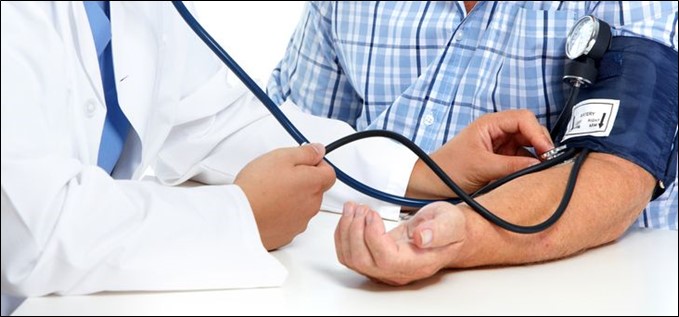
A study from the University of Oxford, (UK) published in the European Heart Journal, analysed damage to the small blood vessels in the brain, associated with “increased risk of stroke, dementia, physical disabilities, depression and a decline in thinking abilities”. “Not all people develop these changes as they age, but they are present in more than 50 per cent of patients over the age of 65 and most people over the age of 80, even without high blood pressure, but it is more likely to develop with higher blood pressure and more likely to become severe,” said Dr Karolina Wartolowska, a clinical research fellow at the University’s Centre for Prevention of Stroke and Dementia.
“We made two important findings. First, the study showed that diastolic blood pressure (the blood pressure between heart beats) in people in their 40s and 50s is associated with more extensive brain damage years later. Many people may think of hypertension and stroke as diseases of older people, but our results suggest that if we would like to keep a healthy brain well into our 60s and 70s, we may have to make sure our blood pressure, including the diastolic blood pressure, stays within a healthy range when we are in our 40s and 50s.
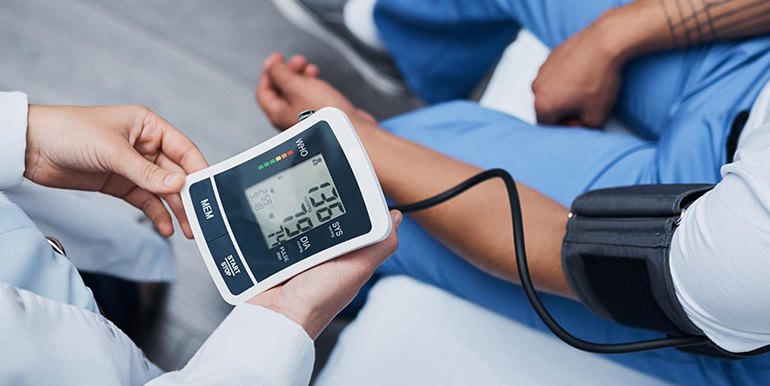
“The second important finding is that any increase in blood pressure beyond the normal range is associated with a higher amount of white matter hyperintensities (WMH). This suggests that even slightly elevated blood pressure before it meets the criteria for treating hypertension has a damaging effect on brain tissue.”
WMHs show up on MRI brain scans as brighter regions, indicating damage to the small blood vessels in the brain.
“Our results suggest that to ensure the best prevention of WMHs in later life, control of diastolic blood pressure, in particular, may be required in early midlife, even for diastolic blood pressure below 90mmHg, while control of systolic blood pressure (maximum blood pressure reached each time the heart beats) may be more important in late life.
Systolic blood pressure, the first number, measures the pressure in your arteries when your heart beats. The diastolic reading, or the bottom number, is the pressure in the arteries when the heart rests between beats. This is the time when the heart fills with blood and gets oxygen. A normal diastolic blood pressure is lower than 80. A reading of 90 or higher means you have high blood pressure.
“The long time interval between the effects of blood pressure in midlife and the harms in late life emphasises how important it is to control blood pressure long term and that research has to adapt to consider the very long-term effects of often asymptomatic problems in midlife.”
What is high blood pressure and why is it important?
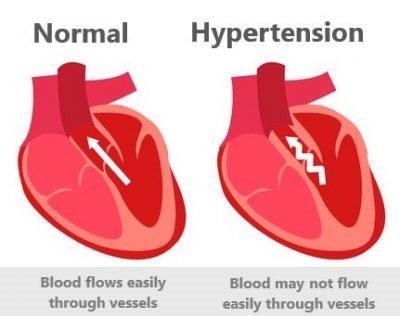
“As blood is pumped by the heart around the body, the pressure with which it pushes against the walls of blood vessels changes. When the heart is squeezing blood into the arteries, the pressure is high. When the heart is relaxed, the pressure is lower. Blood pressure is a measurement taken of the highest reading and the lowest reading, it is given as 2 figures – highest (systolic) over lowest (diastolic).
Your blood pressure is high if the reading is higher than 140/90 mmHg, which is considered to put you at higher risk of having a heart attack or stroke (cardiovascular disease). That is, you have high blood pressure if the higher figure (systolic) is higher than 140, or the lower figure (diastolic) is higher than 90, or both. This is also known as hypertension. More than one third of Australians over the age of 18 have high blood pressure.
Your blood pressure is important because if it is too high, it affects the blood flow to your organs. Over the years, this increases your chances of developing heart disease, stroke, kidney failure, diabetes, eye disease, erectile dysfunction and other conditions. The definitive cause of high blood pressure is unknown, however, risk factors include: a sedentary lifestyle (with little or no exercise); smoking; being overweight; a diet with a high salt intake; high blood cholesterol; a family history of high blood pressure; high alcohol consumption; diabetes.
How to lower blood pressure without pills
By far the most effective means of reducing elevated blood pressure is to lose weight, says Harvard Health. Even losing as little as four kilograms can lower your blood pressure.
Weed out high-sodium foods by reading labels carefully; there’s lots of it in processed foods. It is easy to reach the daily limit of 1500 milligrams (mg) of sodium daily for individuals with high blood pressure – that’s less than a teaspoon of salt.
Regular exercise helps make your heart stronger and more efficient at pumping blood, which lowers the pressure in your arteries. In a week, 150 minutes of moderate exercise, such as walking, or 75 minutes of vigorous exercise, such as running, can help lower blood pressure and improve your heart health.
Potassium is a mineral that helps your body get rid of sodium (salt). It also eases pressure on your blood vessels. Modern diets have increased most people’s sodium intake while decreasing potassium intake. To get a better balance of potassium to sodium in your diet, focus on eating fewer processed foods and more fresh, whole foods.
Foods that are particularly high in potassium include:
-
vegetables, especially leafy greens, tomatoes, potatoes, and sweet potatoes
-
fruit, including melons, bananas, avocados, oranges, and apricots
-
dairy, such as milk and yogurt
-
tuna and salmon
-
nuts and seeds
-
beans.
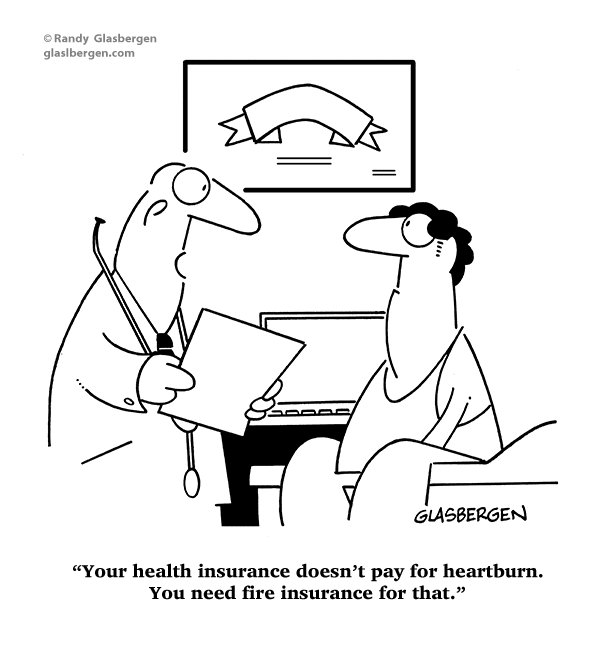
Masturbation – is it good for you?
Sex therapist and counsellor Lucy Patarcic tracks the history of masturbation with surprising findings about the Kelloggs Cornflakes creator and Graham crackers and less surprising findings about health and wellbeing.
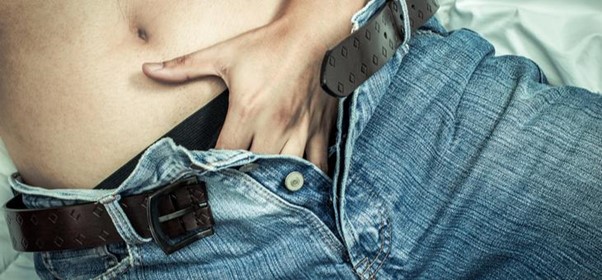
You can masturbate and have your cracker too!
You may be wondering what masturbation has to do with crackers? A quick history lesson first.
Ahh masturbation. Pleasurable or taboo, depending on whom you’re talking to. John Kellogg, M.D. (yes, the Kelloggs Cornflakes guy) believed that masturbating was the most dangerous of sexual behaviours. Masturbation was said to cause abnormal sexual passions and gluttony, and he recommended that parents bandage their children’s genitals at night or tie their hands to bedposts!
In 2018, I spent the summer in the US and also had my very first s’more. The s’more that I had consisted of a toasted (on an open fire) marshmallow sandwiched between two pieces of Hershey’s chocolate and further sandwiched by two Graham crackers – a little sandwich of deliciousness. As my dear friend’s sister-in-law was assembling this delicious treat for me, she told me something interesting about the history of Graham crackers. When I returned, I did some research.
Sylvester Graham (1794 - 1851), who was ordained as a Presbyterian minister in 1826, believed that human sex drive depleted the body and that erotic desire caused heath issues including headaches, epilepsy and insanity. According to Graham, eating tasty foods stimulated sexual urges that amounted to self-abuse, i.e. masturbation. In 1829, he invented a bland biscuit-like cracker to suppress sexual desires.
Fear and guilt around masturbation has been around for centuries and the stigma attached to touching one’s genitals for pleasure was believed to be pathological or having negative mental and physical consequences. Beliefs throughout the centuries were many and varied. Physician Galen argued that retaining semen was dangerous and led to ill health, while Hippocrates believed that excessive loss of semen could result in spinal cord deterioration.
Masturbation had been labelled an unnatural sin, causing dysfunction and disease, Tissot (18th century) claimed that masturbators suffered from poor eyesight, epilepsy, memory loss, weakened backs, acne, sexually transmitted diseases (STIs) and paleness. Prevention methods used on children included cold baths and showers, swim suits with camphor inserted in the crotch, bland diets, limiting fluids, chastity belts, straitjackets and threats to cut off their genitals, to name just a few.
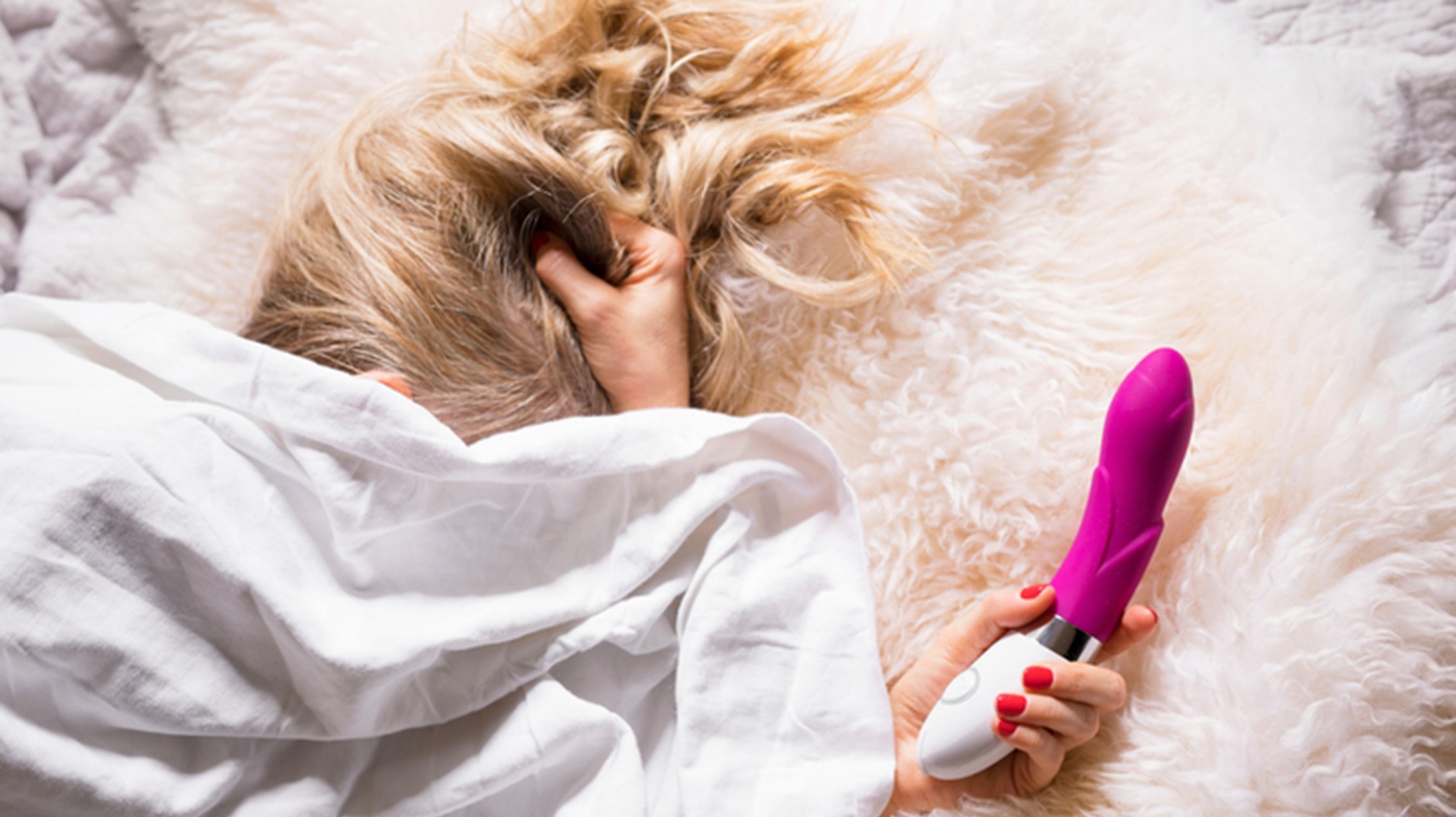
Fears around masturbation continued into the 20th century. And here we are today in the 21st century still having this conversation!
We’ve come a long way … kind of. In my work, I’ve come across many people of different ages who still harbour guilt and shame and feel embarrassed about something as natural as masturbation. Masturbation is completely natural and offers many health benefits. Knowing the benefits for both health and wellbeing, it is something that I do recommend as part of homework and, in particular, for prostate health.
Health benefits of masturbation:
-
It can provide a sexual outlet for people who abstain from sex by choice or due to loss of a partner.
-
It can help to strengthen muscles in the pelvic and anal areas and help to reduce urine leakage.
-
It increases blood flow to the genital area and can be helpful in keeping things supple and more responsive in the lady garden due to increased blood flow – especially as we age.
-
It can help to reduce stress and release sexual tension.
-
It can allow people to experience pleasure.
-
We learn how we like to be touched and can relay this to a partner.
-
It can allow people to feel more positive about their bodies and more connected.
-
It can assist in learning about our own sexuality.
-
It can help to prevent prostate cancer.
-
It can help with the immune system, stimulate endorphin production and increase the flow of white blood cells.
-
It can rejuvenate the circulation of hormones.
Masturbation can help with prostate health
The causes of prostate cancer remain uncertain, however, genetics, diet and lifestyle factors play important roles. The Harvard Ejaculation Study involved about 30,0000 men aged from 41 to 81. It found that frequent ejaculation did not mark an increase in prostate cancer, but rather that men who ejaculated 21 times or more per month had a 31 per cent decrease in prostate cancer.
An Australian study of 2338 men showed that “men who averaged 4–7 ejaculations per week were 36 per cent less likely to be diagnosed with prostate cancer before the age of 70 than men who ejaculated less than twice per week on average.”
What are you waiting for?
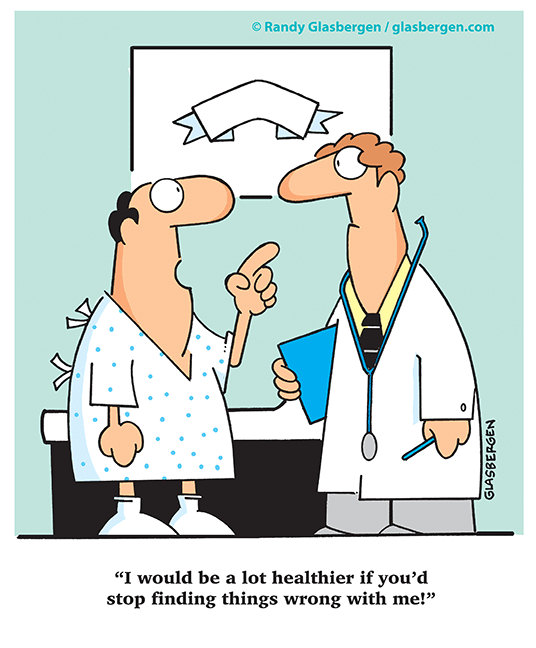
9 out of 10 urologists agree that regularly emptying your bladder can save your life...
See HERE
Wonder what's considered a normal part of the aging process? Here's what to expect as you get older — and what to do about it.
You know that aging will likely cause wrinkles and grey hair but do you know how aging will affect your teeth, heart and sexuality? Find out what changes to expect as you continue aging — and how to promote good health at any age.
Your cardiovascular system.
What's happening:

The most common change in the cardiovascular system is stiffening of the blood vessels and arteries, causing your heart to work harder to pump blood through them. The heart muscles change to adjust to the increased workload. Your heart rate at rest will stay about the same, but it won't increase during activities as much as it used to. These changes increase the risk of high blood pressure (hypertension) and other cardiovascular problems.
What you can do.
To promote heart health:
-
Include physical activity in your daily routine. Try walking, swimming or other activities you enjoy. Regular moderate physical activity can help you maintain a healthy weight and lower your heart disease risk.
-
Eat a healthy diet. Choose vegetables, fruits, whole grains, high-fibre
foods and lean sources of protein, such as fish. Limit foods high in saturated fat and salt. -
Don't smoke. Smoking contributes to the hardening of your arteries and increases your blood pressure and heart rate. If you smoke or use other tobacco products, ask your doctor to help you quit.
-
Manage stress. Stress can take a toll on your heart. Take steps to reduce stress, such as meditation, exercise or talk therapy.
-
Get enough sleep. Quality sleep plays an important role in the healing and repair of your heart and blood vessels. Aim for seven to nine hours a night.
Your bones, joints and muscles.
What's happening.
With age, bones tend to shrink in size and density, weakening them and making them more susceptible to fracture. You might even become a bit shorter. Muscles generally lose strength, endurance and flexibility — factors that can affect your coordination, stability and balance.
What you can do.
To promote bone, joint and muscle health:
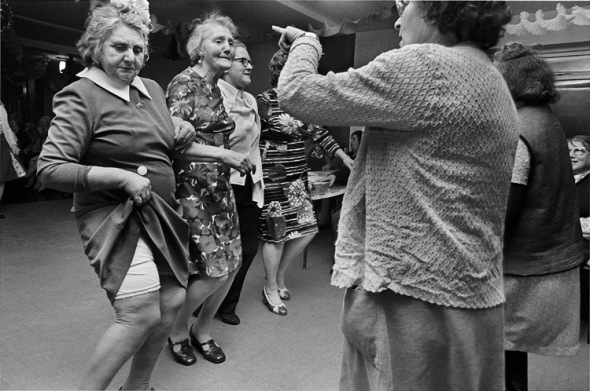
-
Get adequate amounts of calcium. The National Academy of Science, Engineering, and Medicine recommends at least 1,000 milligrams (mg) of calcium daily for adults. The recommendation increases to 1,200 mg daily for women age 51 and older and men age 71 and older. Dietary sources of calcium include dairy products, broccoli, kale, salmon and tofu. If you find it difficult to get enough calcium from your diet, ask your doctor about calcium supplements.
-
Get adequate amounts of vitamin D. The recommended daily intake of vitamin D is 600 international units for adults up to age 70 and 800 IU for adults over 70. Many people get adequate amounts of vitamin D from sunlight. Other sources include tuna, salmon, eggs, vitamin D-fortified milk and vitamin D supplements.
-
Include physical activity in your daily routine. Weight-bearing exercises, such as walking, dancing, jogging, tennis, climbing stairs and weight training can help you build strong bones and slow bone loss.
-
Avoid substance abuse. Avoid smoking and limit alcoholic drinks. Ask your doctor about how much alcohol might be safe for your age, sex and general health.
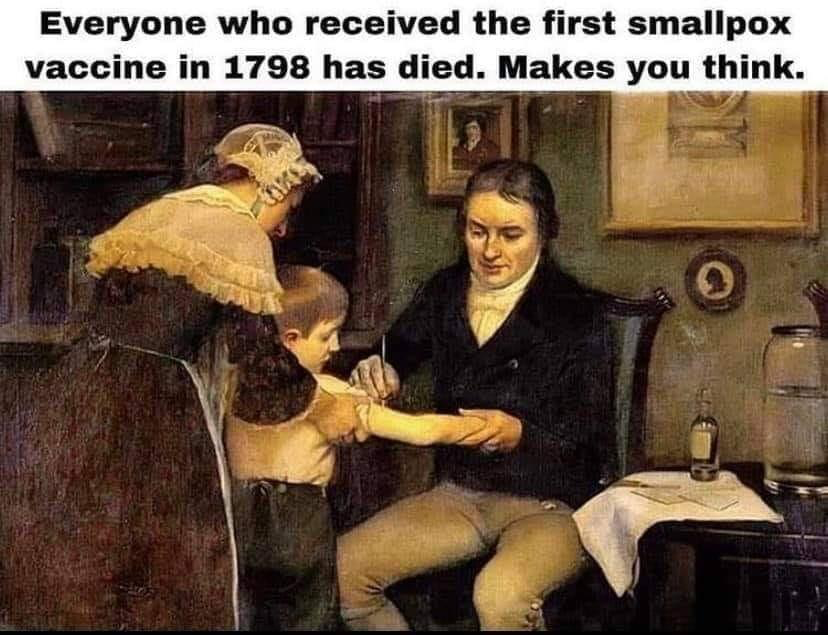
Your digestive system
.
What's happening.
Age-related structural changes in the large intestine can result in more constipation in older adults. Other contributing factors include a lack of exercise, not drinking enough fluids and a low-fibre diet. Medications, such as diuretics and iron supplements, and certain medical conditions, such as diabetes, also might contribute to constipation.
What you can do
To prevent constipation:
-
Eat a healthy diet. Make sure your diet includes high-fibre
foods, such as fruits, vegetables and whole grains. Limit high-fat meats, dairy products and sweets, which might cause constipation. Drink plenty of water and other fluids. -
Include physical activity in your daily routine. Regular physical activity can help prevent constipation.
-
Don't ignore the urge to have a bowel movement. Holding in a bowel movement for too long can cause constipation.
Your bladder and urinary tract.
What’s happening
Your bladder may become less elastic as you age, resulting in the need to urinate more often. Weakening of bladder muscles and pelvic floor muscles may make it difficult for you to empty your bladder completely or cause you to lose bladder control (urinary incontinence). In men, an enlarged or inflamed prostate also can cause difficult emptying the bladder and incontinence.
Other factors that contribute to incontinence include being overweight, nerve damage from diabetes, certain medications, and caffeine or alcohol consumption.
What you can do
To promote bladder and urinary tract health:
-
Go to the toilet regularly. Consider urinating on a regular schedule, such as every hour. Slowly, extend the amount of time between your toilet
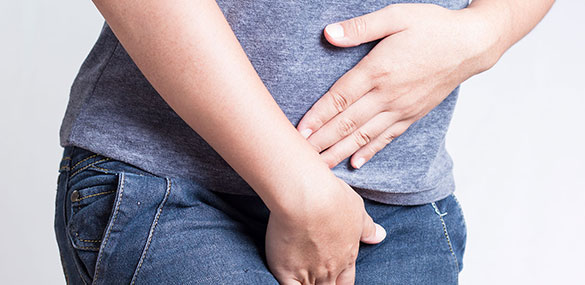 trips.
trips. -
Maintain a healthy weight. If you're overweight, lose excess kgs.
-
Don't smoke. If you smoke or use other tobacco products, ask your doctor to help you quit.
-
Do Kegel exercises. To exercise your pelvic floor muscles (Kegel exercises), squeeze the muscles you would you use to stop passing gas. Try it for three seconds at a time, and then relax for a count of three. Work up to doing the exercise 10 to 15 times in a row, at least three times a day.
-
Avoid bladder irritants. Caffeine, acidic foods, alcohol and carbonated beverages can make incontinence worse.
-
Avoid constipation. Eat more fibre and take other steps to avoid constipation, which can worsen incontinence.
Your memory and thinking skills.
What’s happening
Your brain undergoes changes as you age that may have minor effects on your memory or thinking skills. For example, healthy older adults might forget familiar names or words, or they may find it more difficult to multitask.
What you can do.
You can promote cognitive health by taking the following steps:
-
Include physical activity in your daily routine. Physical activity increases blood flow to your whol
 e
body, including your brain. Studies suggest regular exercise is
associated with better brain function and reduces stress and depression
— factors that affect memory.
e
body, including your brain. Studies suggest regular exercise is
associated with better brain function and reduces stress and depression
— factors that affect memory. -
Eat a healthy diet. A heart-healthy diet may benefit your brain. Focus on fruits, vegetables and whole grains. Choose low-fat protein sources, such as fish, lean meat and skinless poultry. Too much alcohol can lead to confusion and memory loss.
-
Stay mentally active. Staying mentally active may help sustain your memory and thinking skills. You can read, play word games, take up a new hobby, take classes, or learn to play an instrument.
-
Be social. Social interaction helps ward off depression and stress, which can contribute to memory loss. You might volunteer at a local school or non-profit, spend time with family and friends, or attend social events.
-
Treat cardiovascular disease. Follow your doctor’s recommendations to manage cardiovascular risk factors — high blood pressure, high cholesterol and diabetes — that may increase the risk of cognitive decline.
-
Quit smoking. If you smoke, quitting smoking may help your cognitive health.
If you’re concerned about memory loss or other changes in your thinking skills, talk to your doctor.
Your eyes and ears.
What’s happening
With age, you might have difficulty focusing on objects that are close up. You might become more sensitive to glare and have trouble adapting to different levels of light. Aging also can affect your eye's lens, causing clouded vision (cataracts).
Your hearing also might diminish. You might have difficulty hearing high frequencies or following a conversation in a crowded room.
What you can do.
To promote eye and ear health:
-
Schedule regular checkups. Follow your doctor's advice about glasses, contact lenses, hearing aids and other corrective devices.
-
Take precautions. Wear sunglasses or a wide-brimmed hat when you're outdoors, and use earplugs when you're around loud machinery or other loud noises.
Your teeth
What’s happening
Your gums might pull back from your teeth. Certain medications, such as those that treat allergies, asthma, high blood pressure and high cholesterol, also can cause dry mouth. As a result, your teeth and gums might become slightly more vulnerable to decay and infection.
What you can do
To promote oral health:
-
Brush and floss. Brush your teeth twice a day, and clean between your teeth — using regular dental floss or an interdental cleaner — once a day.
-
Schedule regular checkups. Visit your dentist or dental hygienist for regular dental checkups.
Your skin.
What's happening
With age, your skin thins and becomes less elastic and more fragile, and fatty tissue just below the skin decreases. You might notice that you bruise more easily. Decreased production of natural oils might make your skin drier. Wrinkles, age spots and small growths called skin tags are more common.
What you can do
To promote healthy skin:
-
Be gentle. Bathe or shower in warm — not hot — water. Use mild soap and moisturizer.
-
Take precautions. When you're outdoors, use sunscreen and wear protective clothing. Check your skin regularly and report changes to your doctor.
-
Don't smoke. If you smoke or use other tobacco products, ask your doctor to help you quit. Smoking contributes to skin damage, such as wrinkling.
Your weight.
What’s happening.
How your body burns calories (metabolism) slows down as you age. If you decrease activities as you age, but continue to eat the same as usual, you'll gain weight. To maintain a healthy weight, stay active and eat healthy.
What you can do
To maintain a healthy weight:
-
Include physical activity in your daily routine. Regular moderate physical activity can help you maintain a healthy weight.
-
Eat a healthy diet. Choose vegetables, fruits, whole grains, high-fibre foods and lean sources of protein, such as fish. Limit sugar and foods high in saturated fat.
-
Watch your portion sizes. To cut calories, keep an eye on your portion sizes.
Your sexuality
What's happening
With age, sexual needs and performance might change. Illness or
medication might affect your ability to enjoy sex. For women, vaginal
dryness can make sex uncomfortable. For men, impotence might become a concern. It
might take longer to get an erection, and erections might not be as firm
as they used to be.
make sex uncomfortable. For men, impotence might become a concern. It
might take longer to get an erection, and erections might not be as firm
as they used to be.
What you can do
To promote your sexual health:
-
Share your needs and concerns with your partner. You might find the physical intimacy without intercourse is right for you, or you may experiment with different sexual activities.
-
Get regular exercise. Exercise improves the release of sexual hormones, cardiovascular health, flexibility, mood and self-image — all factors that contribute to good sexual health.
-
Talk to your doctor. Your doctor might offer specific treatment suggestions — such as estrogen cream for vaginal dryness or oral medication for erectile dysfunction in men.
You can't stop the aging process, but you can make choices that improve your ability to maintain an active life, to do the things you enjoy, and to spend time with loved ones.
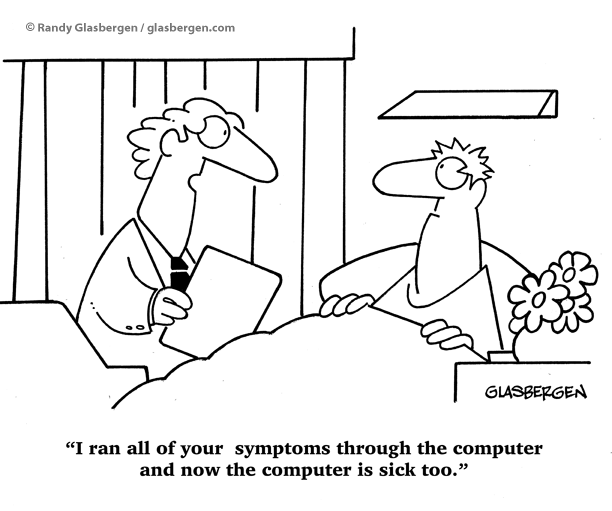
Exercise: Do
you need it if you're slim?
Physical activity is an important part of a healthy lifestyle, whether you need to lose weight or not. Why exercise? Regular exercise:
-
Boosts your stamina.
-
Improves your mood.
-
Reduces your risk of chronic diseases, such as diabetes and high blood pressure.
-
Keeps your mind sharp.
-
Improves fatigue.
So what are you waiting for? Get moving today.

Is an electric toothbrush better than a manual toothbrush?
It's possible to brush your teeth effectively with a manual toothbrush, however, an electric toothbrush can be a great alternative to a manual toothbrush, especially for children, people with disabilities, older adults, and people who have arthritis or other conditions that make it difficult to brush well.
An electric toothbrush's bristle movement might even help you remove more plaque or food from your teeth and improve your gum health.
If you choose to use an electric toothbrush, make sure the toothbrush is comfortable to hold and easy to use. Your dentist might suggest a model with a brush head that rotates in one direction and then the other (rotating-oscillating head) or that has very fast vibrating bristles. Other features, such as adjustable power levels, timers and rechargeable batteries, are optional. Follow the manufacturer's instructions about when to replace the head to ensure that the toothbrush continues working effectively.
Whether you choose an electric toothbrush or a manual toothbrush, remember that what's most important is daily brushing and flossing.
Thermometers: Understand the options
Thermometers come in a variety of styles. It’s important to understand the different types and how to pick the right one for you.
Choosing the thermometer that's best for your family can be confusing. Here's what you need to know about the most common thermometers.
Types of thermometers
In general, there are two types of thermometers.
-
Touch, or contact, thermometers must touch the body in order to measure temperature.
-
Remote, or no contact, thermometers can measure body temperature without touching the skin.
Contact thermometers.
The most common kind of contact thermometer uses electronic heat sensors to record body temperature. These thermometers can be used on the forehead, mouth, armpit or rectum. Most electronic thermometers have a digital display that shows you the temperature reading. Rectal temperatures provide the most-accurate readings for infants, especially those 3 months or younger, as well as children up to age 3. Temperatures taken from the armpit are usually the least accurate. For older children and adults, oral readings are usually accurate — as long as the mouth is closed while the thermometer is in place.
The pros:
Most electronic contact thermometers can record temperatures from the forehead, mouth, armpit or rectum — often in less than one minute. An electronic contact thermometer is appropriate for newborns, infants, children and adults.
The cons:
Parents may worry about causing discomfort when taking a child's temperature rectally. You need to wait 15 minutes after eating or drinking to take an oral temperature otherwise, the temperature of your food or drink might affect the thermometer reading. It can be difficult for children — or anyone who breathes through the mouth — to keep their mouths closed long enough to get an accurate oral reading.
If you plan to use an electronic contact thermometer to take both oral and rectal temperatures, get two thermometers and label one for oral use and one for rectal use. Don't use the same thermometer in both places.
Remote thermometers
Many schools, businesses and health care settings are screening visitors for fever. A remote thermometer that doesn't require skin contact allows people to remain further apart. Remote thermometers can be used on the forehead (temporal artery) or the ear (tympanic).
Temporal artery thermometers
Remote forehead thermometers use an infrared scanner to measure the temperature of the temporal artery in the forehead.
The pros:
A remote temporal artery thermometer can record a person's temperature quickly and are easily tolerated. Remote temporal artery thermometers are appropriate for children of any age.
The cons:
A temporal artery thermometer may be more expensive than other types of thermometers. This type of thermometer may be less accurate than other types. Direct sunlight, cold temperatures or a sweaty forehead can affect temperature readings. Variations on user technique, such as holding the scanner too far away from the forehead, also may affect accuracy.
Tympanic thermometers
Remote ear thermometers, also called tympanic thermometers, use an infrared ray to measure the temperature inside the ear canal.
The pros:
When positioned properly, infrared ear thermometers are quick and generally comfortable for children and adults. Infrared ear thermometers are appropriate for infants older than age 6 months, older children and adults.
The cons:
Infrared ear thermometers aren't recommended for newborns. Earwax or a small, curved ear canal can interfere with the accuracy of a temperature taken with an infrared ear thermometer.
Mercury thermometers
Once a staple in most medicine cabinets, mercury thermometers use mercury encased in glass to measure body temperature. Mercury thermometers are no longer recommended because they can break and allow mercury, which is toxic, to escape.

Back Go to page: 1 2 3 4 5 6 7 8 9 10 11 12 13 14 15 16 17 18 19 20 Forward